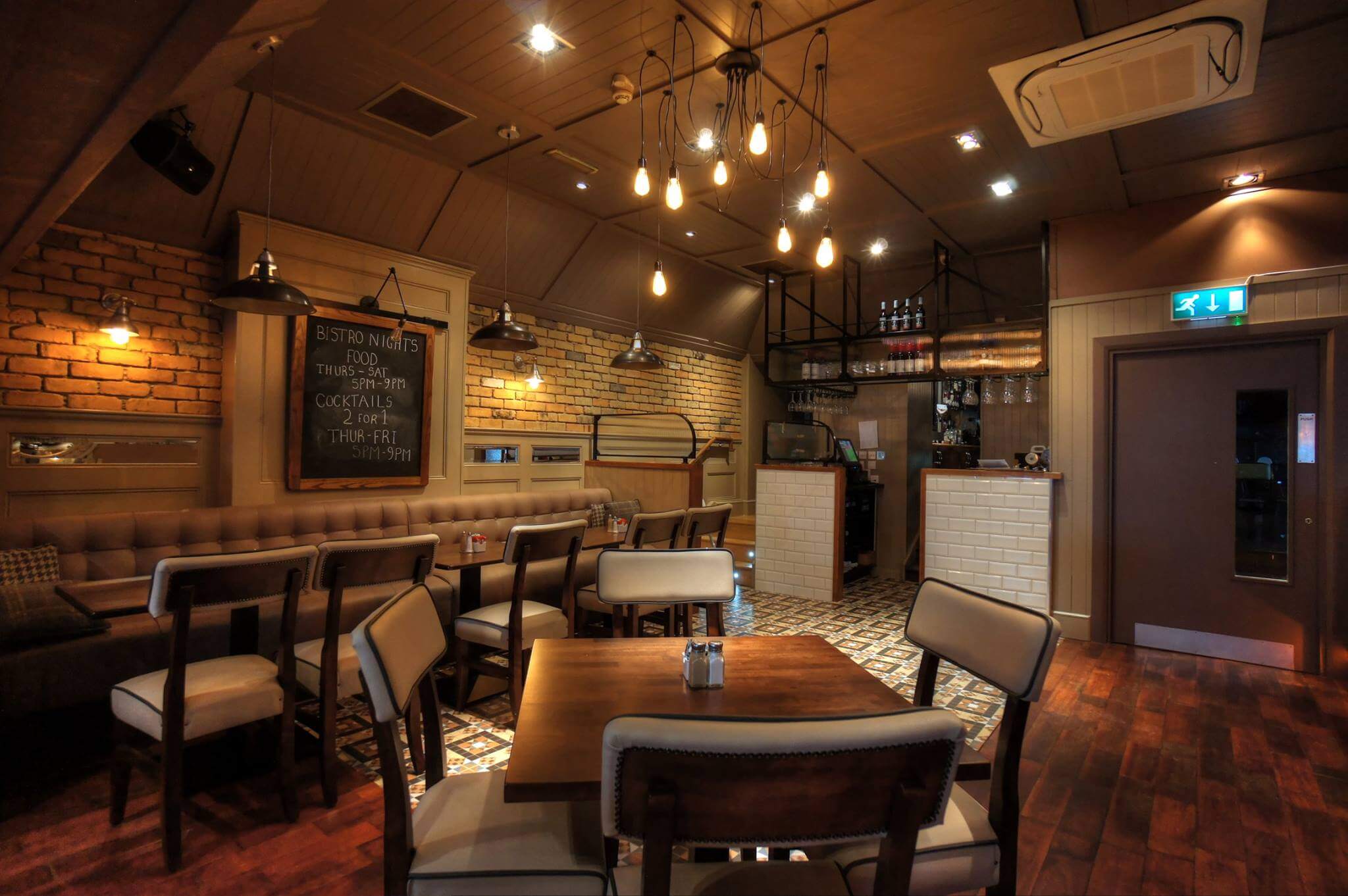In the vibrant tapestry of the culinary world, where flavors dance and scents charm, there is an often-overlooked maestro: restaurant furniture. Beyond its basic function, restaurant furniture has the ability to arrange the symphony of an unforgettable eating experience.
This article delves into the complexities of restaurant furniture, examining how design, comfort, durability, and alignment with corporate identity all contribute to a restaurant’s success.
Creating a Welcoming Atmosphere
When customers enter a restaurant, they go on a sensory adventure that goes beyond the taste. The ambiance, a meticulously selected blend of decor and design, sets the tone for their culinary journey.
Quality restaurant furniture, chosen with careful consideration for its impact on the entire environment, has the transforming power to elevate a simple meal into an unforgettable experience.
Consider the role of comfortable seats; it goes beyond plain practicality and becomes an essential component of client happiness. Aesthetic appeal, which ranges from the selection of furniture types to the harmonious blending of color schemes, serves as a silent invitation, tempting and keeping clients.
Beyond the tangible, features like lighting and the intentional use of vegetation reinforce the pleasant ambiance, resulting in a comprehensive dining experience that lasts long beyond the meal. To encourage interaction and participation, you can engage customers with tip jars made from wooden and stratgeically place them near the exit door.
Ergonomics and Comfort
In the eating industry, an establishment’s success is typically determined by the level of comfort it provides to its customers.
Beyond the appeal of luxurious cushions, the importance of ergonomic design in restaurant furniture cannot be stressed. It goes beyond just aesthetics and includes thorough consideration of how customers interact with their surroundings.
Customization possibilities, such as seating layouts that adapt to different tastes and the incorporation of smart technologies, play an important role in increasing comfort levels. In essence, quality furniture acts as a quiet ally, influencing positive ratings and ensuring recurring business by increasing client happiness.
Durability and Longevity
In the fast-paced environment of restaurant operations, where tables change frequently and spills are unavoidable, the economic benefits of investing in long-lasting furniture become clear.
Quality goes beyond visual appeal; it’s about choosing materials that can withstand the rigors of daily use while requiring little upkeep.
Consider the versatility of weather-resistant and outdoor furniture solutions, which allow enterprises to utilize space while catering to a variety of settings.
Sustainability concerns in furniture choices not only coincide with environmental awareness but also contribute to long-term financial effectiveness, establishing restaurants as responsible stewards of both style and substance.
Brand Image and Identity
Restaurants, like people, have unique personalities—a particular identity that distinguishes them. In this sense, furniture acts as a visual storyteller, communicating the essence of a brand to customers.
Consistency in design and concept develops a cohesive brand identity, turning the dining experience into an unforgettable adventure. Cultural influences, thematic considerations, and individual touches that resonate with the target audience all play a role in successful brand image integration via furniture.
As a result, customers don’t just dine; they interact with a brand that speaks to them on both a visual and emotional level.
Customer Satisfaction and Loyalty
The relationship between excellent commercial-grade restaurant furniture and pleasant client perception is the foundation of a restaurant’s success.
Patrons in these cases are more than just consumers; they are active players in an experience created by the combination of gastronomic delights and well-designed settings. Positive feedback, high ratings, and enthusiastic recommendations are natural outcomes of this contentment.
The long-term impact is the development of a loyal client base that returns not only for the menu but also for the immersive atmosphere created by well-selected, high-quality furniture.
Practical Considerations for Restaurant Owners
Behind the scenes, restaurant operators must manage a complex world of budget restraints, material selection, and vendor relationships. Budgeting for quality furnishings becomes an investment in the restaurant’s success, necessitating a careful balance of initial expenses and long-term advantages.
Choosing materials matched to different areas of the company offers both functionality and durability, as the kitchen requires different considerations than the dining room.
Collaborating with suppliers and manufacturers ensures that quality requirements are met throughout the production process and the finished product is delivered seamlessly.
Adapting furniture selection to the restaurant’s size and layout, combined with proactive maintenance measures, ensures smooth operation and a longer lifespan for the chosen furniture items.
Elevating the Dining Experience Through Quality Furniture
As our journey through the intricate world of restaurant furniture comes to a close, one unmistakable reality emerges: quality transcends the physicality of tables and chairs.
It’s an investment in the intangibles, such as ambiance, comfort, and brand identification, which all contribute to the dining experience. In a business where every detail matters, restaurant owners must prioritize quality.
As trends shift and consumer expectations rise, embracing innovation, sustainability, and the transforming impact of carefully chosen furniture becomes more than a strategy; it is a commitment to upgrading the eating experience for those who enter your institution.
In an ever-changing market, where culinary talent meets design ingenuity, restaurants can carve out a place by providing immersive, unforgettable dining experiences that stick with customers long after they’ve finished their last bite.

